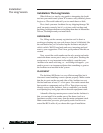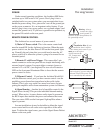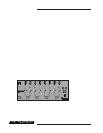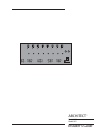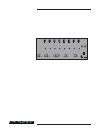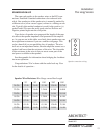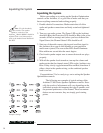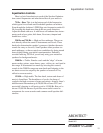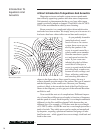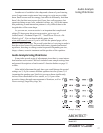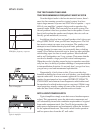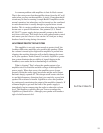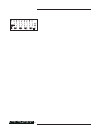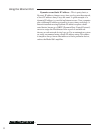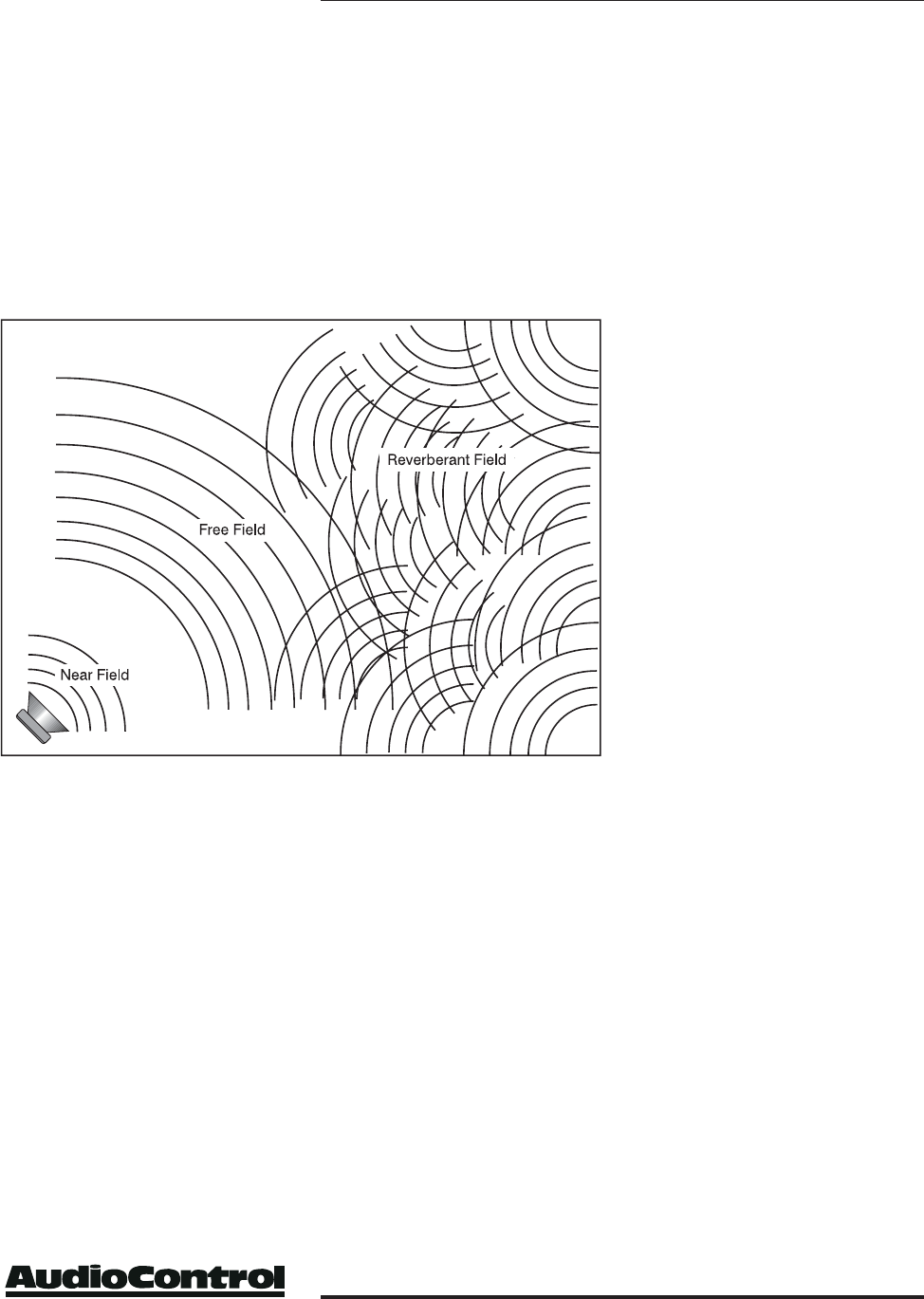
®
A Short Introduction To Equalizers And Acoustics
Magazine reviewers and audio system owners spend much
time critically appraising speakers and other stereo components.
Unfortunately, a phenomenon that has a very large effect upon
sound is not easily judged or changed. That effect is the ACOUS-
TICS of the environment in which you are listening.
Room acoustics is a complicated subject about which entire
textbooks have been written. We simply want you to be aware of a
few basics that have a direct effect on real time audio analysis.
As you probably learned in
junior high school, sound
travels in waves. In a stereo
system, these waves are cre-
ated by the speakers. Like
waves in a pond created by a
splash, sound waves emanate
from the transducers (speak-
ers) and spread out into the
room. If your room were
infinitely big, that’s all there
would be to it. But just as
waves in a pond reach the bank
and reflect back, sound waves
bounce off walls, ceilings, and
floors, reflecting, reinforcing
and canceling each other as
shown in the figure above. Since sound is energy, the way it
reflects depends upon the angle of the surface, the type of material
and the frequency of the sound wave. Because your listening
position is likely to be towards the back of the Free Field waves
shown in the diagram, you also get part of the reflected Reverber-
ant Field as well.
Now we add the next set of complications: Different frequen-
cies of sound have different wave lengths (a function of frequency
and the speed of sound). Each frequency’s wavelength contributes
differently to the Free and Reverberant Fields because they are
different sizes. For example, a 32 Hz bass note has a wavelength
of 35 FEET, while a 16,000 Hz note has a wavelength just under a
tenth of an inch. Tiny treble waves can be caught and neutralized
by draperies, carpeting, upholstered furniture and gangs of indo-
lent Persian cats…while gigantic bass waves simply slosh back and
forth in the room.
Introduction To
Equalizers And
Acoustics
16
Room interaction



